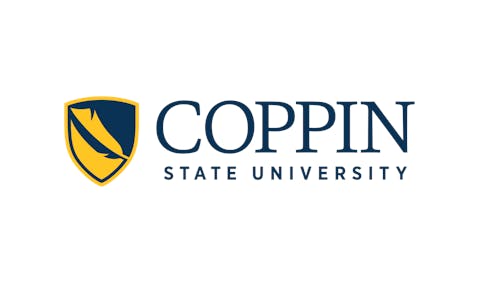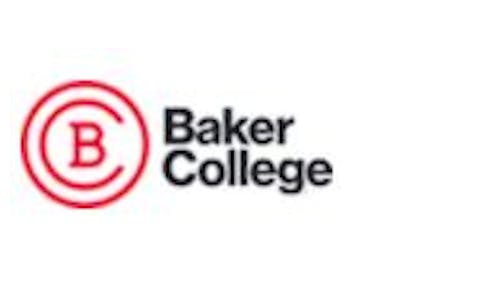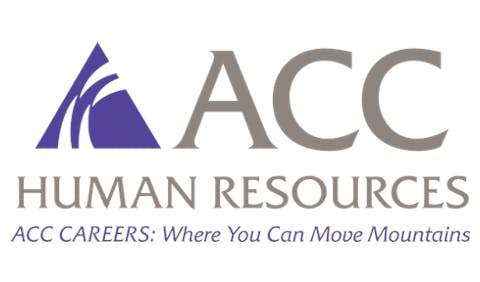
The American Association of University Professors (AAUP) released its first-ever study of community college shared governance, surveying faculty leaders at 59 public community colleges across the nation. The report examines faculty authority across 26 areas of institutional decision-making, providing unprecedented insight into governance practices at institutions that educate nearly 40 percent of all U.S. undergraduates.
At most responding institutions, and especially at responding institutions with tenure systems, faculty authority is consistent with AAUP-recommended governance standards in decision-making about programmatic, departmental, and institutional curricula; teaching assignments; salary policies; and faculty searches, evaluations, and tenure and promotion standards.
The survey found that faculty members have particularly strong authority over core academic functions. Faculty authority for individual grade assignments, a core area of academic freedom, is a faculty prerogative across the board, with 100 percent of respondents reporting faculty primacy or faculty dominance in determining grades.
However, in several decision-making areas, including budgets, buildings, provost selection, and strategic planning, community college faculty have few meaningful opportunities to participate. Administrative dominance is the most common response across all institutions in decisions about facilities and buildings (68.9 percent), budgets (67.4 percent), and allocation of faculty positions to departments or programs (52.2 percent).
One of the survey's most surprising findings concerns the relationship between faculty unionization and governance authority. Statistically significant differences in the level of faculty authority between unionized and nonunionized colleges appear in only three of the twenty-six areas: salary policies, teaching loads, and promotion decisions for full-time non-tenure-track faculty.
This finding mirrors results from AAUP's 2021 survey of four-year institutions and contributes to ongoing debates about whether collective bargaining significantly impacts governance practices beyond areas typically covered in union contracts.
When compared to four-year colleges and universities, community colleges generally show lower levels of faculty authority across most decision-making areas. Across most areas of academic and personnel decision-making, levels of faculty authority are lower at community colleges than at four-year institutions. However, faculty members at community colleges have more involvement in salary policies than those at four-year institutions; the difference is likely related to the higher prevalence of institutions with collective bargaining in the community college sector.
The researchers noted that higher levels of faculty unionization, fewer institutions with tenure systems, the need for responsiveness to local communities, and the fact that nearly two-thirds of community college faculty are employed part time influence levels of faculty authority across all areas of institutional functioning.
The study reveals significant differences between institutions with and without tenure systems. Only 58 percent of community colleges have a tenure system in place (and about two-thirds of full-time faculty members at these community colleges have tenure), although many institutions without tenure systems allow full-time faculty members to apply for continuous contracts, which ensures some level of job stability.
Faculty at institutions with tenure systems consistently report higher levels of authority in personnel decisions, including searches, evaluations, and promotion standards for full-time faculty members.
The report acknowledges growing external pressures that limit both faculty and administrative authority at community colleges. Some states have recently taken action to assume control over areas that have historically fallen into faculty dominance or primacy categories, including the design and development of programs and institutional curricula. Perhaps most notably, in 2023 the Florida legislature specified the content, principles, and standards for all general education courses across the state university system and the Florida college system, essentially stripping authority from both faculty members and administrators to make decisions about general education at their institutions.
The survey's authors said that the findings should serve as a tool for institutional improvement. Community college–based faculty members and administrators can use the tools described in this report to assess governance practices at their institutions and compare those practices with national trends to identify areas where levels of faculty authority might be strengthened.
Glenn Colby, senior researcher at AAUP and lead author of the report, noted that this baseline study fills a critical gap in higher education governance research. The AAUP plans to make the survey instrument available for local institutional use, allowing individual colleges to benchmark their governance practices against national trends.
















